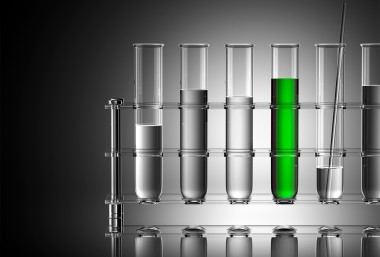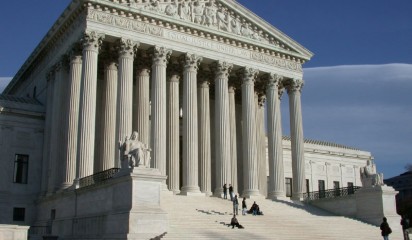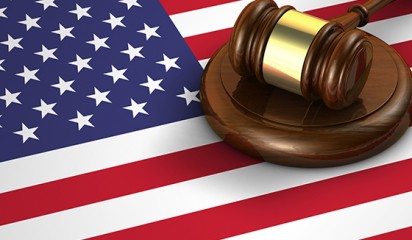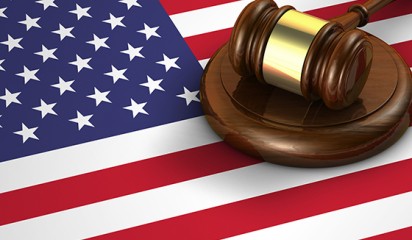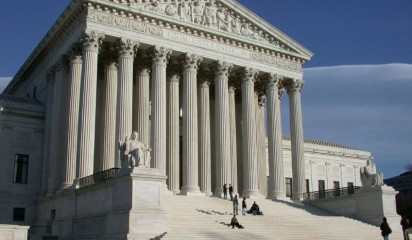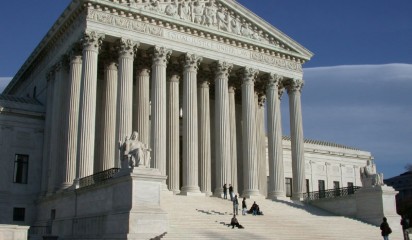One of the key reasons for keeping laboratory notebooks is to show the date of when an invention was created and who created it. This was important in the United States when it operated under the "first to invent" system. The US swapped from a "first to invent" to a "first to file" patent system on 16 March 2013.
So do we still need laboratory notebooks after 16 March 2013?
Yes. A laboratory notebook is an important, permanent record of what has been done, when and by whom. Only an inventor, or their assignee, is entitled to a patent. A laboratory notebook is still important to:
- establish inventorship
- establish ownership
- sometimes to provide a basis for income sharing, based on contribution.
Establishing inventorship and ownership are important worldwide.
When else might laboratory notebooks be useful?
During publications by collaborators on your invention.
Imagine a scenario where you are working for a third party and sharing research results. The third party puts out a poster or publication without your knowledge (yes it happens!). You find out about the publication six months later.
Have you lost your option of patent protection?
In a lot of countries, yes, but patent protection in the US may still be available under their one year grace period. To benefit from it, you would need to file your own application and show that the published information was obtained from you. One of the ways of doing this is by pointing to your earlier laboratory notebook entries. If you can show the published information was derived from you, then the poster/publication will not be used against your own patent application in the US.
We recommend you clearly record the first disclosure of the invention.
Filings by collaborators on your invention
What if the third party filed a patent application in their own name before putting out the poster/publication? You file your own patent application.
Can you still get patent protection? Yes. You can institute a derivation proceeding before the US Patent Office or US Courts. A derivation proceeding is a means by which you can challenge the patent filing of another, if you can show the invention was derived from your own work.
You will need to show that you were:
- the first party to conceive the invention
- you communicated it to the third party
- the third party filed on your invention before you did
- it is less than one year from the date of publication.
Interference proceedings are not dead yet
Challenges as to who was the first to invent a technology are still possible if the patent for the invention has an effective filing date before 16 March 2013. This is true for patent applications filed up until 16 March 2013, and for divisional, and continuation applications filed in the US after 16 March 2013, but claiming an earlier effective filing date.
Trade secrets/prior use defence
Imagine a scenario where you have been commercially using trade secret information in the US. A third party subsequently independently files for patent protection. Your continuing use of the trade secret will infringe the patent, what can you do?
Under the new AIA, you may have a prior use defence to infringement if you were using the trade secret at least one year before the filing of the patent application. Laboratory notebooks may usefully document this prior commercial use.
And...
Let's not forget, proper write up of experiments is still good scientific practice!
Disclaimer
These comments are not intended as legal advice about a particular situation. If you would like to discuss a particular issue, feel free to contact us.
